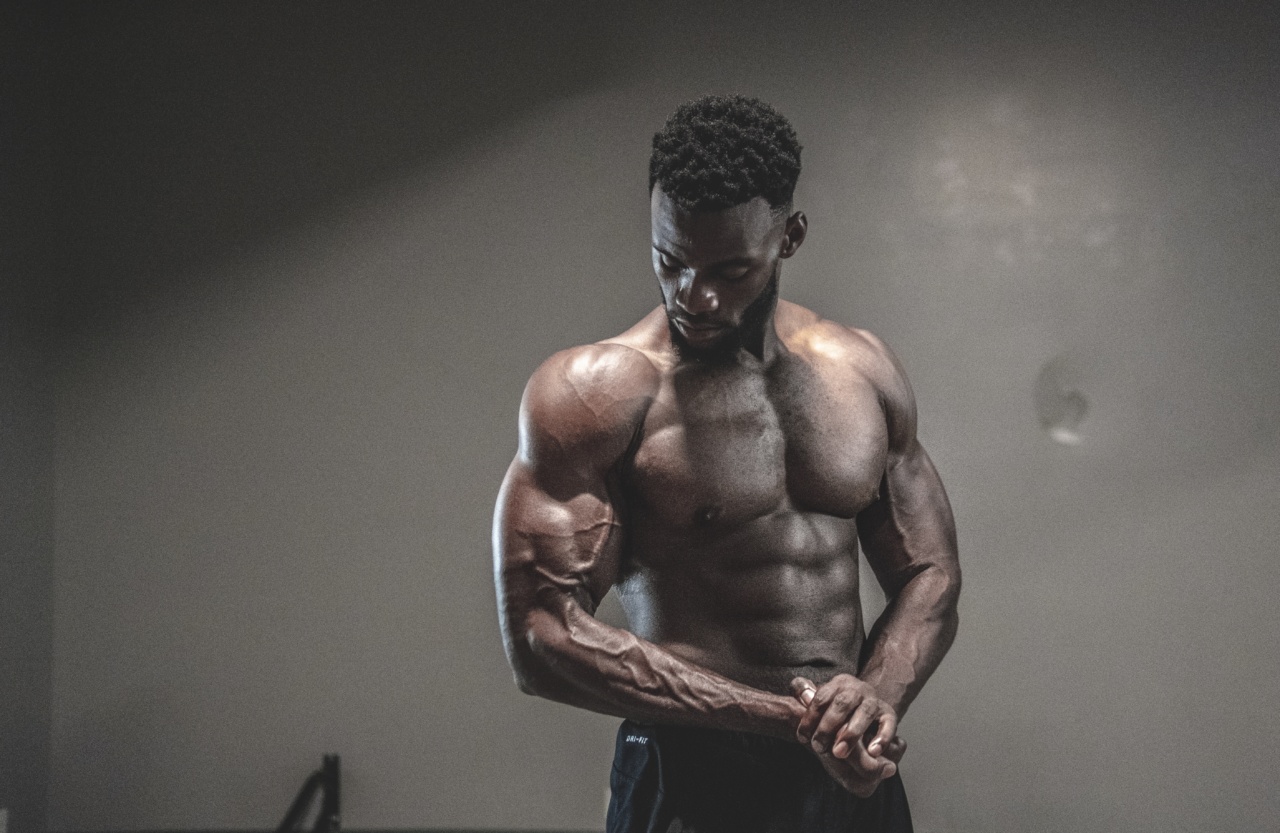Body language is a powerful form of communication that is often overlooked or misunderstood. Our muscles play a significant role in expressing our feelings, thoughts, and intentions.
In this article, we will explore the fascinating world of body language and delve into how decoding your muscles can enhance your understanding of non-verbal communication.
The Importance of Body Language
Did you know that only 7% of our communication is based on the words we use? The remaining 93% is conveyed through non-verbal cues, including body language.
Understanding body language can help you decipher emotions, establish rapport, and even detect deception.
Facial Expressions: The Mirror of Emotions
The face is the most expressive part of our bodies. It speaks volumes without uttering a word. From a beaming smile to a furrowed brow, facial expressions convey a range of emotions, including happiness, sadness, surprise, anger, fear, and disgust.
Learning to interpret these micro-expressions can give you valuable insights into someone’s true feelings.
Posture: The Window to Confidence
Have you ever noticed how the way we carry ourselves can reflect our level of confidence? A slouched posture typically indicates low self-esteem, while an upright, open posture displays confidence and assertiveness.
Paying attention to body posture not only helps you understand others better but also enables you to make positive changes in your own body language.
Gestures: Communicating with Hands
Hand gestures accompany our words and add meaning to our conversations. They can emphasize a point, show agreement or disagreement, or indicate openness or defensiveness.
Understanding the different types of hand gestures and their interpretations is crucial in effective communication.
Eye Contact: The Gateway to Connection
Eye contact plays a pivotal role in creating a connection with others. It is often seen as a sign of trust, honesty, and engagement. However, maintaining appropriate eye contact can be challenging for some people.
Learning to interpret eye contact can help you assess someone’s level of interest or engagement in a conversation.
Muscle Movements: The Unconscious Signals
Our muscles involuntarily move in response to various stimuli. These subtle muscle movements, known as microexpressions, can reveal concealed emotions or thoughts.
They flicker across the face in a fraction of a second and can be easily missed if you’re not paying attention. Being attuned to these microexpressions can uncover hidden messages.
Proxemics: Understanding Personal Space
How close we stand or sit next to someone can communicate a lot about our relationship with that person. Proxemics, the study of personal space, varies between cultures and individuals.
Understanding personal space preferences and respecting them can significantly impact the success of interpersonal communication.
Misinterpretations: The Pitfalls of Body Language
While body language is a powerful tool for communication, it is not always accurate. People vary in their body language expressions, and cultural differences can lead to misinterpretations.
It is important to consider multiple signals and contexts before drawing conclusions based solely on body language.
Enhancing Your Body Language Skills
Improving your ability to decode body language can be beneficial in various aspects of life, from personal relationships to professional settings. Here are a few ways to enhance your body language skills:.
- Observe and practice: Pay attention to the body language of others and practice mirroring their expressions and gestures.
- Read books and articles: Educate yourself on the subject of body language and learn from experts in the field.
- Take courses or workshops: Enroll in courses or workshops that focus on body language and non-verbal communication.
- Record and analyze: Record yourself during conversations or presentations and analyze your own body language to identify areas for improvement.
- Seek feedback: Ask trusted friends or colleagues for feedback on your body language and actively work on areas that need development.
Conclusion
Understanding and decoding body language can offer invaluable insights into human behavior and enhance our communication skills.
Whether you want to build stronger relationships, excel in your career, or improve your self-awareness, paying attention to the signals conveyed by your muscles can open a new world of understanding.





























